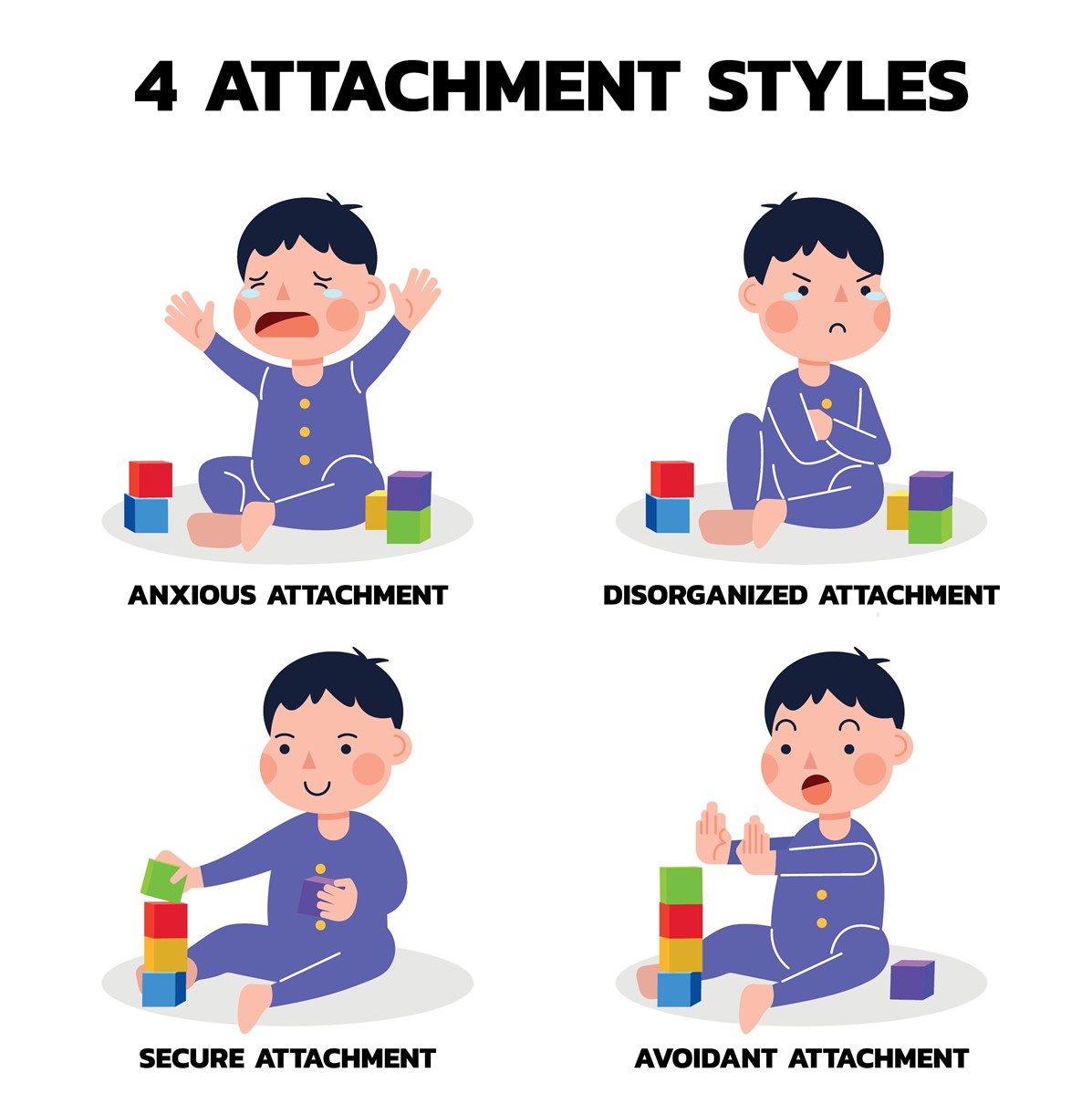Communicating with someone who has an avoidant attachment style can be challenging because they tend to maintain distance because of their deep-rooted fears of emotional vulnerability. I like to use animal analogies to help us understand their behavior. Let’s imagine hedgehogs today.
Just as hedgehogs are naturally solitary creatures, with some preferring to act on their own terms, avoiding unnecessary contact, someone with an avoidant attachment might act aloof or distant from others. Both the hedgehog and the individual may not instinctively seek social interaction but still have a need for safety and belonging.
Here are some ways to communicate and connect with someone with an avoidant attachment style:
- Respect Personal Boundaries: Remember that the hedgehog rolls into a ball to protect themselves as a response to perceived danger. Similarly, someone with an avoidant attachment will find safety and security when they maintain distance. When attempting to communicating with them, it’s best to respect their boundaries and allow them space this makes them feel in complete control.
- Be Patient: Like a hedgehog who might need time to warm up to a new environment or person, someone with an avoidant attachment style typically needs time to build trust with a new acquaintance.
- Maintain open communication channels: Open a channel of healthy and honest communication with someone who has an avoidant attachment style. Ensure that you exclude confrontational or volatile interactions that threaten a peaceful connection.
- Be Consistent: Just like an animal in fear of predators, their instinctual action to withdraw can be triggered quickly, so it’s essential not to make them feel pressured withdrawing from one’s proximity. Still, instead, frequently uphold a stable and neutral channel of communication.
- Acknowledge their autonomy: Hedgehogs might be aloof creatures, but they still want to have a true sense of control over their surroundings. Equally, someone with an avoidant attachment style is comfortable when autonomous in their behavior, and mediate interactions ensuring that the victim doesn’t construed as form control or persuasion.
Like taming or interacting with a hedgehog, it’s essential to approach those with an avoidant attachment style with care and respect as they require a non-threatening and non-judgmental environment to thrive in relationships. By creating healthy communication channels, it will create opportunities for building mutual trust underlining how definitive and sensitive walls can be bridged to improve relationships.






